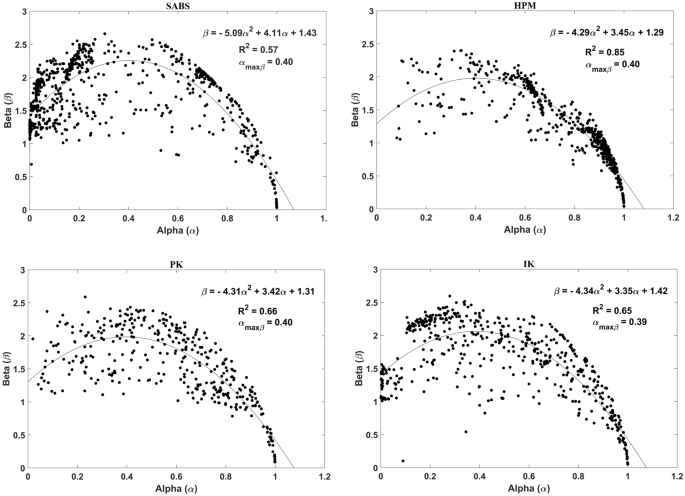Summary made by ChatGPT4
The paper presents a pioneering exploration into the effects of anthropogenic noise on avian habitat quality within protected landscapes in Kerala, India. It establishes a quantitative threshold for anthropogenic sound levels, beyond which avian biophony (natural sounds produced by birds) begins to decline, indicating a deterioration in habitat quality for birds. This threshold is identified as a normalized power spectral density of approximately 0.40 Watts/Hz across different study sites, suggesting a universal tolerance level to noise pollution among avian species in these areas.
Discovery Details
The research uncovers a critical threshold of anthropogenic noise, offering a novel metric for assessing and conserving avian habitat quality. This threshold, consistent across various landscapes, signifies a significant advancement in understanding the interaction between anthropogenic noise and wildlife, particularly birds. The study highlights the delicate balance between human-made noise and the natural acoustic environment necessary for avian species’ survival and well-being.
Methodological Breakdown
The study utilized a comprehensive methodological framework, including the collection of acoustic data across different landscapes and the analysis of these data through regression models to establish the relationship between anthropogenic noise (anthrophony) and natural bird sounds (biophony). This approach not only provided empirical evidence of the noise threshold but also showcased the potential of acoustic data in ecological research and conservation planning.
Challenges and Opportunities
One of the challenges highlighted is the complexity of acoustic ecology, including the variability of soundscapes and the difficulties in capturing a complete representation of avian vocalizations. The paper also points to the need for further research to validate and refine the proposed noise threshold across different habitats and geographic locations. This opens opportunities for future studies to explore the broader applicability of the findings and to develop targeted conservation strategies that account for the acoustic environment.
TLDR
The study establishes a quantitative threshold for anthropogenic noise that affects avian biophony in protected landscapes in Kerala, India, offering a novel approach to avian habitat conservation and noise pollution management.
AI Thoughts
This research underscores the importance of interdisciplinary approaches in tackling environmental challenges, combining ecology, acoustics, and data analysis. The findings could revolutionize how we conceptualize and implement conservation efforts, emphasizing the need to consider the acoustic environment in habitat quality assessments. Beyond ecology, this approach could inspire similar methodologies in other fields, such as urban planning and public health, where noise pollution is a concern. Moreover, it prompts a reflection on our impact on the natural world and the importance of sustainable coexistence with other species.


